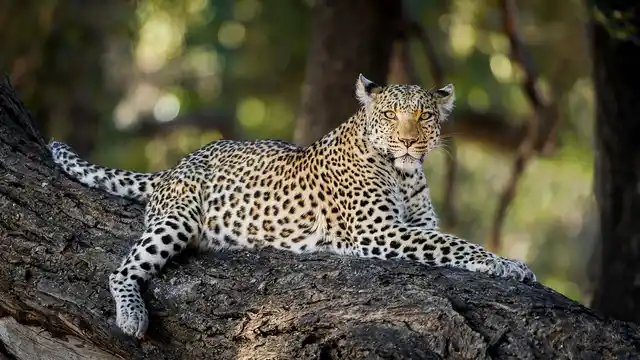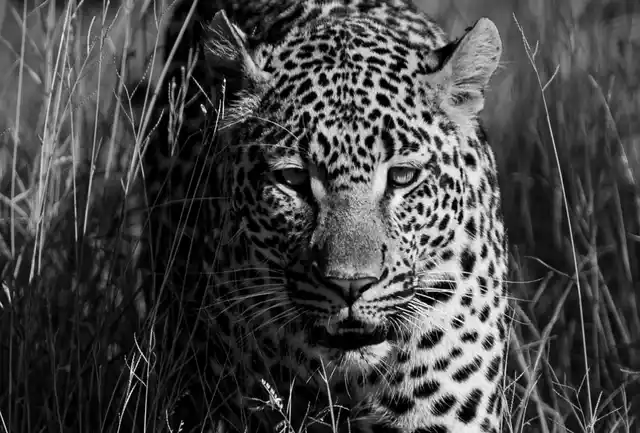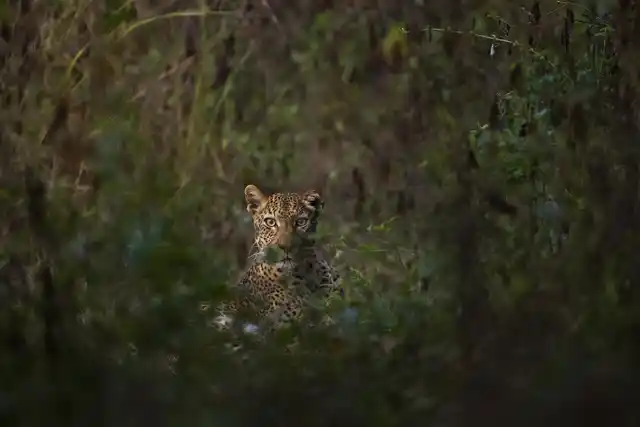
Classic South Africa Safari
History, culture, wildlife and the world's largest waterfall await travellers embarking on this 10-day safari, an itinerary that takes in everything from game drives in search of the Big Five to a tour of Robben Island, where the legendary Nelson Mandela spent 18 years as a political prisoner.






